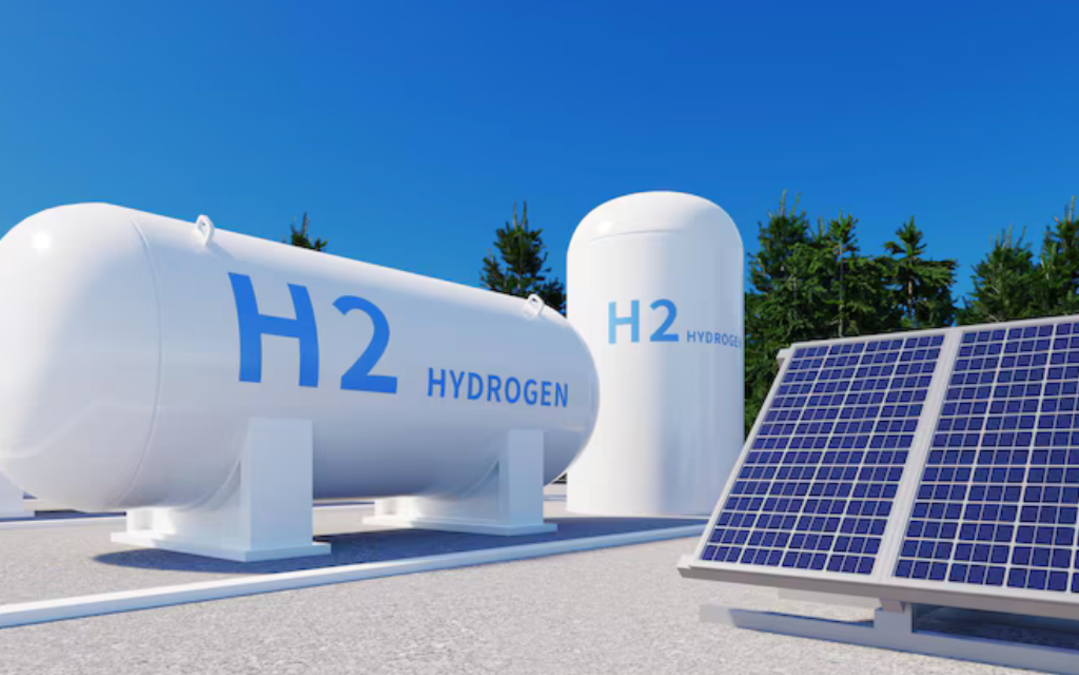Hydrogen Storage Offers Long-Duration Solution for Renewable Energy Grids
Hydrogen storage emerges as a key solution for long-duration power needs in renewables-heavy energy systems.
The Oxford Institute for Energy Studies has found that hydrogen-based power-to-power, or PtP, technology could be crucial for global energy grids as they navigate the rising share of variable renewable energy, despite its comparatively low round-trip efficiency and high costs.
According to the OIES report, PtP systems — storing surplus renewable electricity as hydrogen and reconverting it to power — can achieve a round-trip efficiency of up to 48 percent when fuel cells are used, outperforming 33 percent of hydrogen internal combustion engines and 27 percent of gas turbines.
The report found that fuel cells emerged as the most efficient PtP pathway, although they are also the most capital-intensive.
The study, published in July 2025, represents the most comprehensive modeling effort to date assessing the technical, economic, and strategic value of PtP in a decarbonized power system.
It concludes that while batteries and pumped hydro storage are more efficient, hydrogen’s unique strength lies in long-duration storage, sector coupling and enabling grid adequacy during seasonal shortages.
“Hydrogen’s ability to decouple production and consumption over weeks or even months offers strategic value no other storage can match,” said Ali Habib, the author of the report.
Trade-Offs Between Efficiency and Flexibility
OIES developed a PtP cost model, assuming co-located electrolysis, underground storage and power generation, to isolate technical efficiencies.
With current technology, hydrogen production through electrolysis achieves approximately 70 percent efficiency, with additional losses incurred during compression and storage.
Fuel cell-based PtP systems deliver 27 to 48 percent round-trip efficiency, which is significantly higher than that of ICE- or gas turbine-based systems.
However, the levelized costs of electricity for PtP remain high, ranging from $154 to $660 per megawatt-hour, depending on the technology and the price of hydrogen.
By comparison, lithium-ion batteries deliver from 60 to 98 percent efficiency and lower LCOE for short-duration storage. Pumped hydro and compressed air energy storage also offer competitive economics but are geographically constrained.
Hydrogen Storage Lags Behind Rivals
Hydrogen PtP remains expensive relative to other technologies. Fuel costs dominate total P2P costs, with current green hydrogen prices around $5/kg.
The LCOE of hydrogen-powered internal combustion engines reaches $660/MWh at low utilization, with gas turbines around $260/MWh and fuel cells between $158/MWh and $250/MWh.
Future cost trajectories look more favorable. The report projects that hydrogen prices may fall to $2/kg by 2050, driven by declining costs of electrolyzers and renewable power.
At a $1/kg hydrogen price, PtP systems become cost-competitive with batteries and gas turbines for durations exceeding 4,000 hours per year.
Strategic Applications
OIES highlights PtP’s role in mitigating risks tied to renewable energy volatility. When paired with underground storage, PtP can deliver week-long dispatchability, enhancing grid adequacy, resilience and peak-shaving capability.
In Germany alone, the report notes that 270 terawatt-hours of wind and solar electricity could be curtailed without storage solutions. PtP offers an outlet for surplus production that might otherwise go to waste, especially in high-renewable grids where traditional storage is insufficient or impractical.
Hydrogen also enables multi-sector integration — power, heating, industry, and transport — making it a candidate for system-wide decarbonization and fuel diversification.
Operational Hurdles
Despite its promise, PtP faces material and operational hurdles. Hydrogen embrittlement, safety concerns, and infrastructure requirements remain unresolved at scale.
Storage efficiency varies depending on geology, with underground caverns being optimal but not universally available.
Hydrogen’s low volumetric energy density also increases compression costs, cutting into overall system efficiency.
The report estimates that compression alone can consume up to 27 percent of hydrogen’s energy content in smaller systems.
Strategic Value
While PtP lags behind batteries and pumped hydro in terms of efficiency and cost, OIES stresses its strategic value. In grids with high renewable penetration, hydrogen-based storage offers unmatched long-duration capabilities and grid stability.
Policymakers weighing storage investments must consider more than just cost per kilowatt-hour, the report argues.
“When blackout prevention, curtailment reduction, and sector coupling are factored in,” Habib notes, “hydrogen storage can justify its higher upfront cost.”
The report includes case studies from Germany, India, and China, categorizing each by its potential to implement PtP systems. Germany is shown to have the highest feasibility due to its high penetration of renewables, market readiness and storage needs.
Nirmal Menon
Related posts
Subscribe
Error: Contact form not found.


